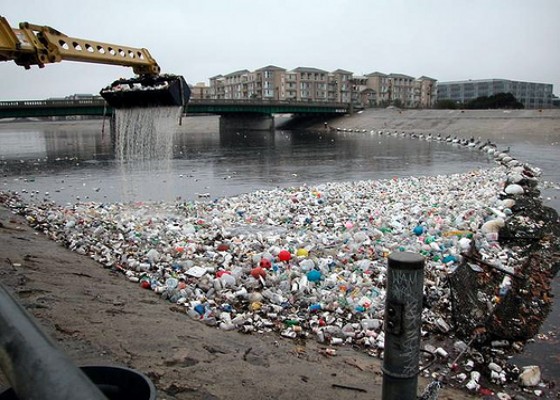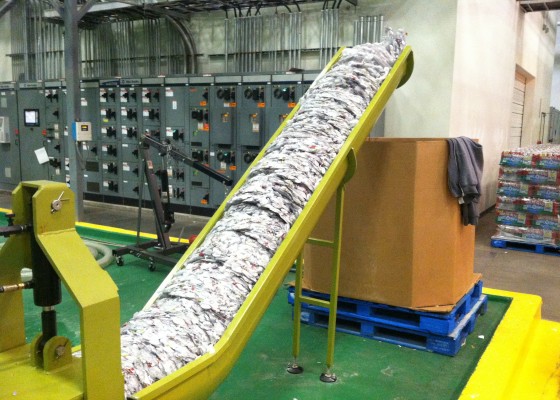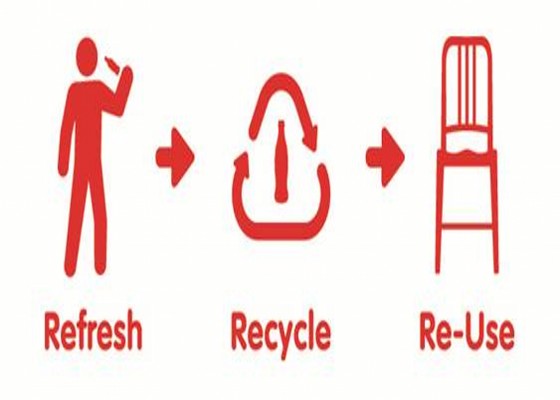Do you drink bottled water or beverages today? And have you ever wondered where these soft drink bottles go?
According to the Guardian, one million plastic bottles are purchased every minute around the world, but less than half of those purchased were collected for recycling and only 7 percent were converted into new bottles in 2016. Instead, most plastic bottles end up in landfills or ocean.
People who eat seafood eat up to 11,000 small pieces of plastic each year, calculated by scientists at Ghent University in Belgium. What terrible data it is! The world’s plastic binge is as dangerous as climate change.
These two treatments are very harmful to the environment as plastic bottles are non-degradable materials. Buried under the ground will destroy the structure of the land causing water pollution. Naturally, it will not be buried and burning is even more impossible. It will produce a great deal of toxic chemicals that pollute the air.
Luckily, plastic bottles are made of PET, PE, PP, so that they can be collected and recycled by government and company. But these plastic bottles are very light, have a certain volume and are not easily tied. So how to deal with these plastic bottles efficiently?
There is a machine called GREENMAX which can compress the plastic bottles. GREENMAX use Screw Compression Technology which can enable continuous output at a ratio of 8:1, high density, security and low utility consumption. Besides, the water draining function can squeeze out the liquid to the water collection tray.
After that, the cap can be granulated and be manufactured various plastic products. The plastic bottle can be recycled by the chemical fiber company and turn into a soft and elastic fiber to make a strong traction belt and filler after multiple processes.
In a word, it’s very important for us to take some measures to reduce the waste of plastic bottles and increase the new materials made by the collected bottles. Only in this way, can we make circular economy develop in an orderly and turbulent way.


